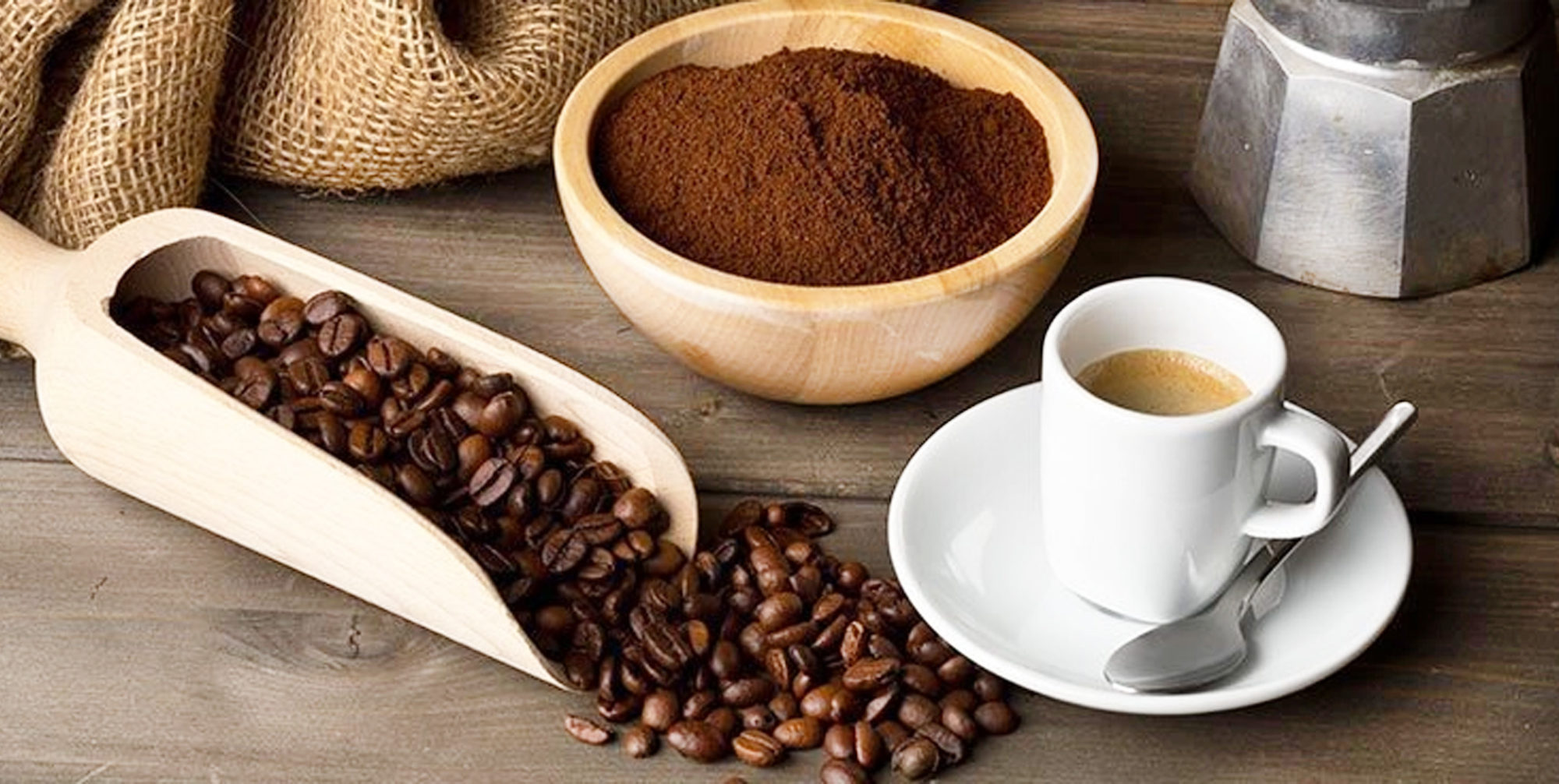bringing coffee to europe
Italians love coffee and the country is responsible for introducing the beverage to the rest of Europe. It was the Venetian Republic that first brought the beans to Italy from the Middle East. Venetians instantly fell in love with the brew, but soon the Catholic Church became involved. In 1600, wary of the association with the Ottoman Empire, clerics asked Pope Clement VIII to ban the beans. To form a fair verdict, he asked to taste it. The Pope remarked, “This Satan’s drink is so delicious that it would be a pity to let the infidels have exclusive use of it.” The moment has come to known as the ‘baptism of coffee.’ With the Pope’s approval, Italian coffee culture was not only born, it was actually blessed. The appetite for the drink grew and the first Italian coffee house opened in Venice around 1675. A century later, there were 218 coffee shops in Venice.
By the 19th century, coffee was big business in Europe, but coffee brewing was a slow process, taking about five minutes per cup. Espresso is the purest distillation, the essence of the coffee bean. While there is no standardized process for making a shot of espresso, Italian coffeemaker Illy’s definition of the authentic espresso seems a fine description: “A jet of hot water at 88°-93°C (190°-200°F) passes under a pressure of nine or more atmospheres through a seven-gram (.25 oz) cake-like layer of ground and tamped coffee. Done right, the result is a concentrate of not more than 30 ml (one ounce) of pure sensorial pleasure.”
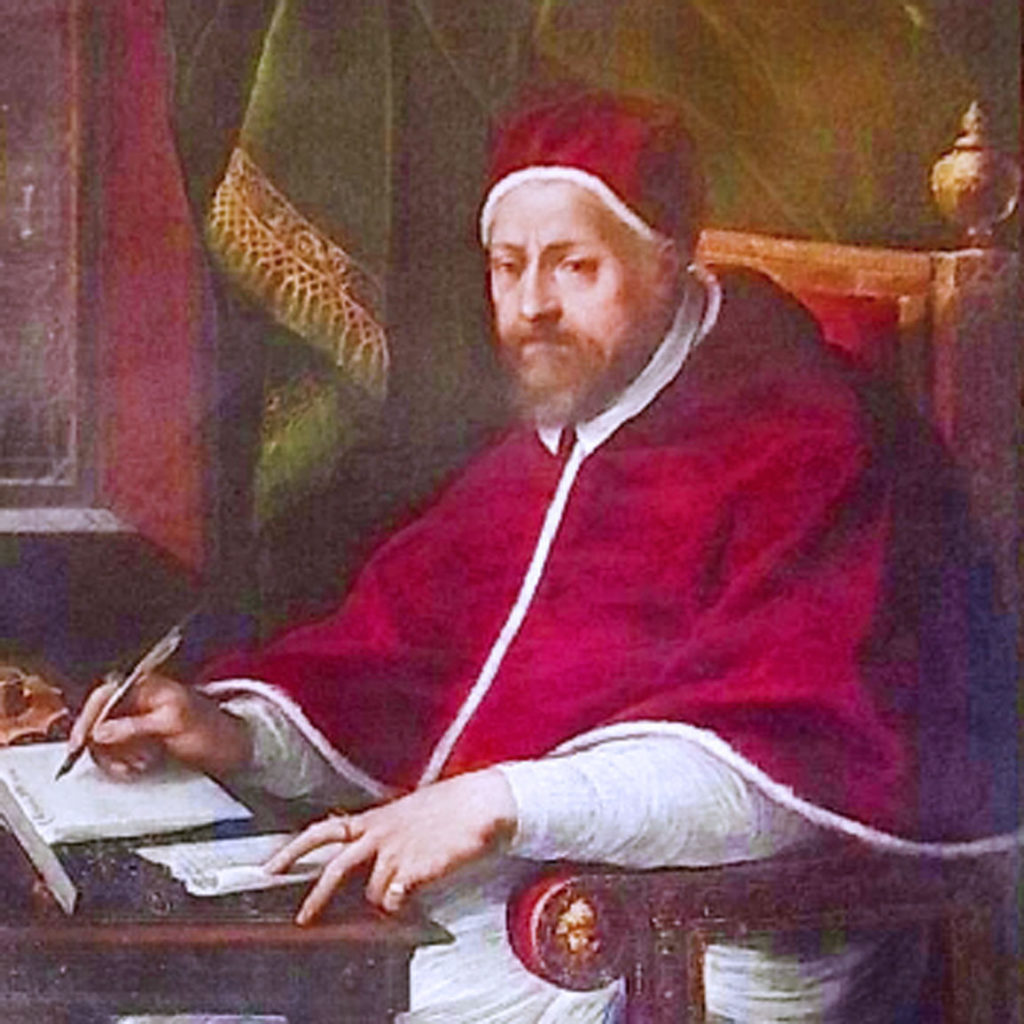
using steam power to brew
Inventors explored ways of using steam machines to reduce brewing time. The invention of the machine and the method that would lead to espresso is attributed to Angelo Moriondo of Turin, who was granted a patent in 1884, but it came to nothing. It took Desiderio Pavoni to revolutionize the way coffee was brewed.
Pavoni bought the existing patents for the steam operated brewing system in 1903 and improved every aspect of the design, including the invention of the pressure release valve. He also created the steam wand to access the built-up steam that collected inside a machine’s boiler. At the 1906 Milan Fair, he introduced the world to “cafeé espresso.” His design, called the ideal, could produce 1,000 cups per hour. It was so revolutionary that the Smithsonian Institute has one in its collection in Washington, DC. Pavoni dominated the espresso market for more than a decade. Yet despite the success of his machines, espresso remained a mostly regional delight for denizens of Milan and surrounding areas.
It was Milanese café owner Achille Gaggia, who, following WWII, transformed the brass and copper machines of the pre-war era into the countertop, lever-driven kind now seen around the world. With the lever machines also came a new expression. Baristas operating Gaggia’s spring-loaded levers coined the term “pulling a shot” of espresso. But perhaps most importantly, with the invention of the high-pressure lever machine came the discovery of crema, the foam floating over the coffee liquid that is the defining characteristic of a quality espresso. Gaggia’s lever machine marks the birth of the contemporary espresso.

lavazza's coffee
Luigi Lavazza opened the first Lavazza store on Via San Tommaso in Turin in 1895. A great innovator, Luigi studied coffee blending and traveled to Brazil and Africa to develop what would become the signature Lavazza blend. Luigi Lavazza SpA was founded in 1927 and the unique method of packaging to seal in the coffee’s flavor and aroma was created. Its now world famous logo was created just after WWII and two years later, it patented its version of the coffee tin.
For decades, Lavazza has been the largest coffee producer in Italy. Their coffee is still a blend of Arabica beans from Brazil and Robusta beans from Africa and the Lavazza plant has always remained in Turin. Deep and rich taste, the coffee is characterized by a golden cream and a warm color. The full, smooth flavor derives from the medium roast of the beans. The ideal grinding, not too fine and not too coarse, is designed to result in a perfect espresso.
Francesco Illy founded illycaffè in 1933. His 1935 invention of the illetta was one of the innovative machines of the pre-war years, but today he is better remembered for his innovative method of packaging, based on pressurization. Illy coffee is one of the most famous Italian brands in the world and is still run by Illy family members. The company’s original blend of 100 percent Arabica beans stored in oxygen-free steel containers remains the standard of the industry and is among the finest in the world.
coffee and culture
Three other Italian coffee makers are also worth mentioning. Caffè Vergnano has been selecting the best coffee beans from around the world for more than 130 years and has an important market share in the higher end of the market. Segafredo was founded by Massimo Zanetti and has seen a huge expansion in the last 20 years. Their coffee is packaged using a unique vacuum method to preserve freshness. Kimbo is one of the Italian coffee brands that is growing the fastest in the markets around the world. The company has quickly become popular all over northern Italy and at the same time, it has expanded worldwide at a remarkable rate.
For many in Italy, the day is defined by coffee rituals, a cappuccino with breakfast, a caffè macchiato as an afternoon pick-me-up and espresso after dinner. Like any culture, that of Italian coffee comes with unwritten rules. If you order a latte, you will receive a glass of milk, which is exactly what you ordered. Ordering a coffee to-go or a cappuccino after 11 am and you will instantly be recognized as a tourist.
Making Soups With Marion
Coffee is a culture and preparing it for many is an art. There are also several preparations. Cappuccino is made with equal parts espresso, steamed milk and foamed milk, while caffè latte is espresso with more steamed milk and less foam. A latte macchiato is steamed milk with a splash of espresso.
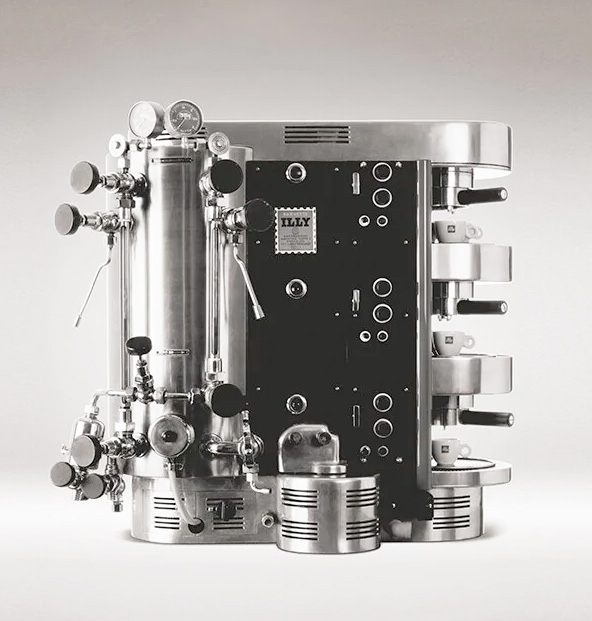
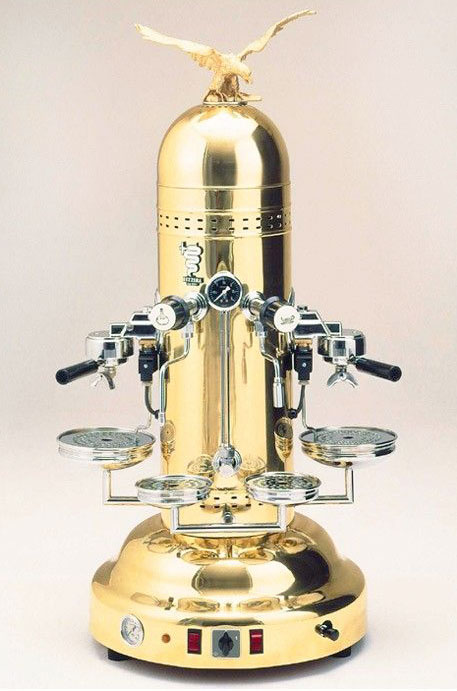
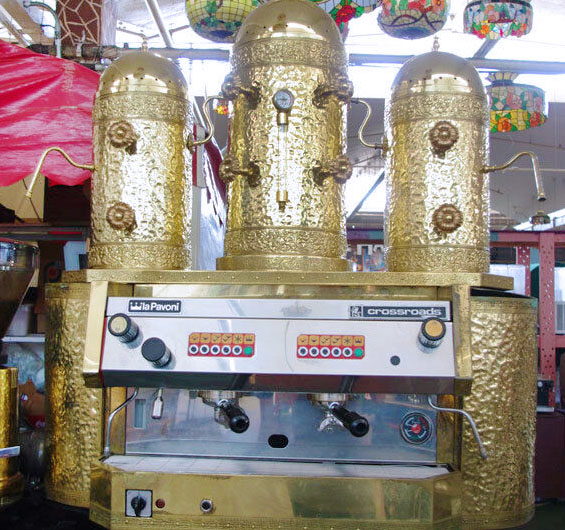
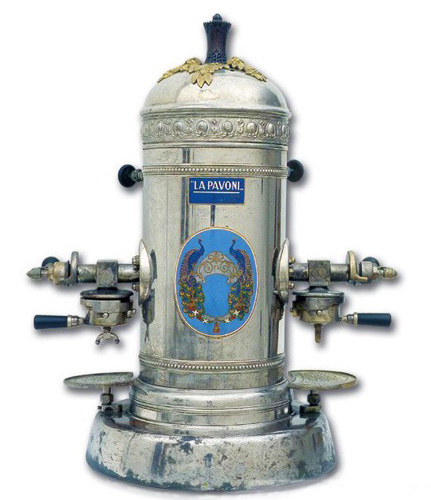
Caffè or caffè normale is simply an espresso, the delightfully strong shot of black coffee. You can order a caffè doppio for a double shot of espresso, but this is not typical in Italy. Caffè corretto, which translates literally as “corrected coffee,” features espresso with a splash of alcohol, such as Grappa or Sambuca.
After trying drip coffee in the United States, Italians decided to offer tourists a taste of home. Their interpretation is called Caffè Americano and is an espresso diluted with hot water. Similar is the caffè lungo, this “long coffee” comprises espresso with a splash of hot water, but it is stronger than the Americano.
Each of Italy’s 20 regions boasts its own unique coffee culture. Espresso may be ubiquitous, but there are many regional twists to the caffè. In the northern Le Marche, enjoy a caffè anisette for a licorice-flavored espresso or in southern Sicily, try caffè d’un parrinu, a coffee flavored with cloves, cinnamon and cocoa.


